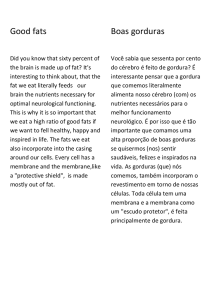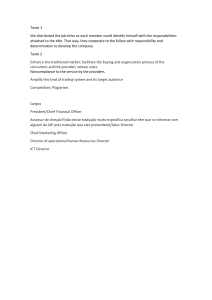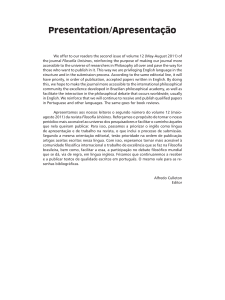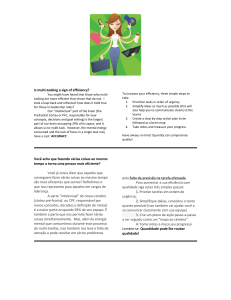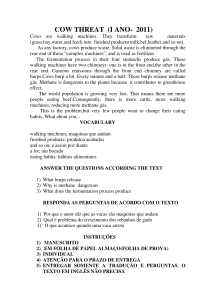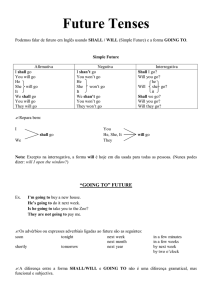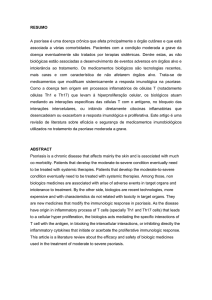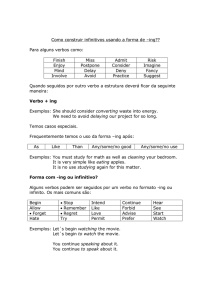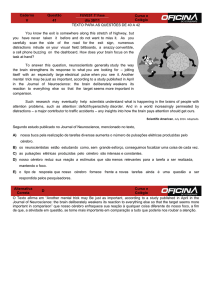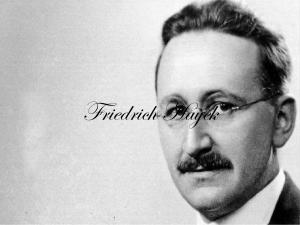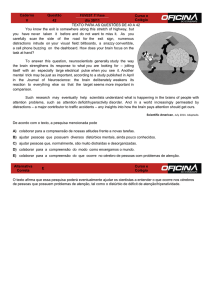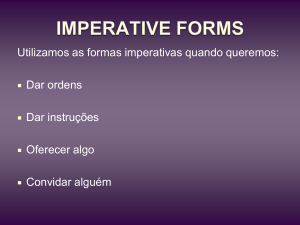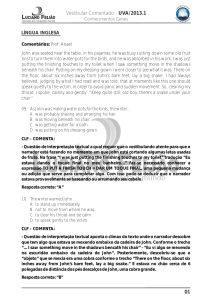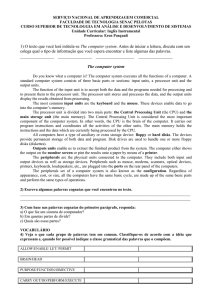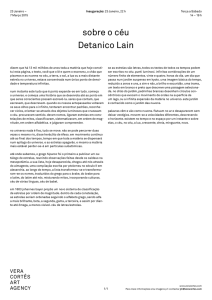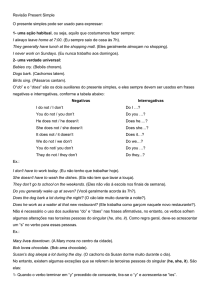Teste 1_2014_2015
Propaganda
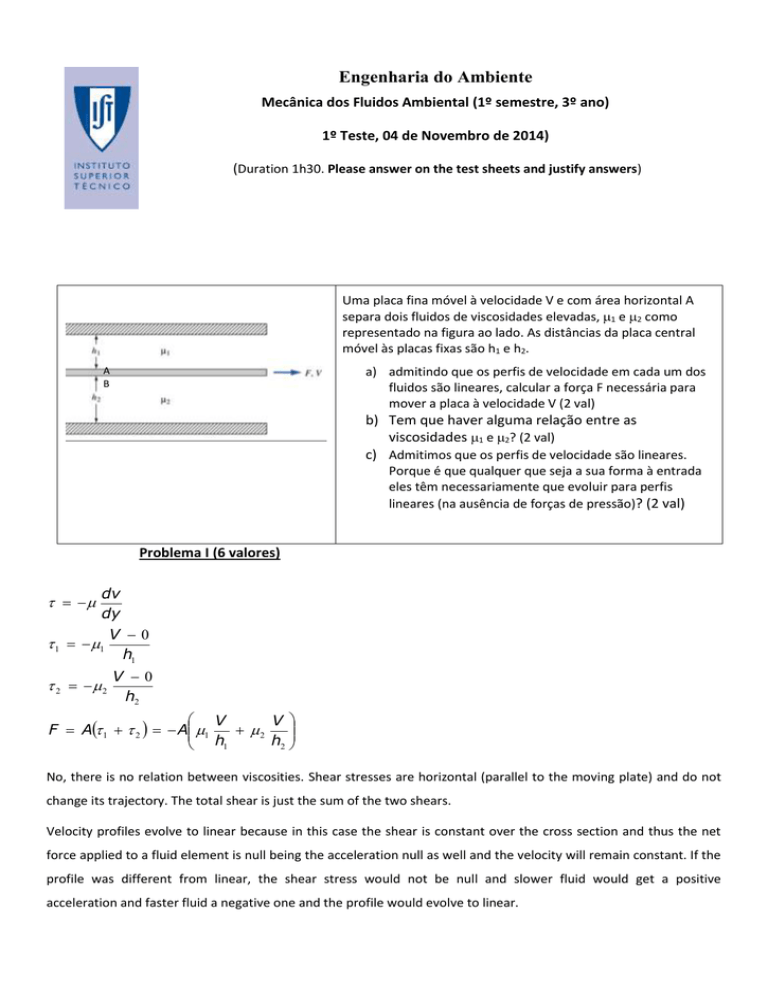
Engenharia do Ambiente Mecânica dos Fluidos Ambiental (1º semestre, 3º ano) 1º Teste, 04 de Novembro de 2014) (Duration 1h30. Please answer on the test sheets and justify answers) Uma placa fina móvel à velocidade V e com área horizontal A separa dois fluidos de viscosidades elevadas, 1 e 2 como representado na figura ao lado. As distâncias da placa central móvel às placas fixas são h1 e h2. a) admitindo que os perfis de velocidade em cada um dos fluidos são lineares, calcular a força F necessária para mover a placa à velocidade V (2 val) A B b) Tem que haver alguma relação entre as viscosidades 1 e 2? (2 val) c) Admitimos que os perfis de velocidade são lineares. Porque é que qualquer que seja a sua forma à entrada eles têm necessariamente que evoluir para perfis lineares (na ausência de forças de pressão)? (2 val) Problema I (6 valores) dv dy V 0 1 1 h1 2 2 V 0 h2 V V F A 1 2 A 1 2 h2 h1 No, there is no relation between viscosities. Shear stresses are horizontal (parallel to the moving plate) and do not change its trajectory. The total shear is just the sum of the two shears. Velocity profiles evolve to linear because in this case the shear is constant over the cross section and thus the net force applied to a fluid element is null being the acceleration null as well and the velocity will remain constant. If the profile was different from linear, the shear stress would not be null and slower fluid would get a positive acceleration and faster fluid a negative one and the profile would evolve to linear. Problema II (8 valores) Água escoa-se em regime estacionário através da curva redutora de diâmetro representada na figura. Se P1= 350kPa, V1=2.2 m/s, D1=24 cm e D2=8cm, calcule: a) A velocidade V2 (2 pts) b) A pressão P2 admitindo que a conduta está num plano horizontal (3 pts) c) A força exercida na curva (3 pts) Mass conservation: D12 D2 V2 2 4 4 2 D V2 V1 12 2.2 * 9 19.8m / s D2 V1 Energy Conservation 1 1 V12 gz1 P2 V22 gz 2 2 2 1 1 1 1 P2 P1 V22 V12 P1 V22 350 * 103 103 * 19.8 2 150kPa 2 2 2 2 P1 Momentum Conservation: QM 2 QM 2 PAn1 PAn2 F QV 2 QV 1 350 * 103 150 * 103 F 0.252 19.8 2.2 500 * 103 F 4 0.252 19.8 2.2 F 500 * 103 103 * 2.2 * 4 F 502kN 50kg 103 * 2.2 * The force exerted on the curve is the symmetrical. Problema III (6 valores) Admitindo que a largura perpendicular ao papel é 1 m. a) Calcule a força hidrostática na comporta (2pts) b) Calcule a profundidade do ponto de aplicação (2pts) c) Calcule o diâmetro mínimo da esfera de betão (densidade 2.4) necessário para manter a comporta fechada. (2 pts) F PCG * A ghCG A 103 * 9.8 * 8 4 YCP YCP * ( 4 * 1) 4 * 10 N 5 2 bL3 103 * 9.8 * 1 * 12 PCG A 1 * 43 103 * 9.8 12 5 1.33 * 10 1 13.3cm 4 * 10 The Pressure Centre is very close to the gravity centre because the gate is very deep. The sphere weight has to create a momentum large enough to balance the momentum of the hydrostatic force. Using B to compute momentum’s one gets: F * LH P * LP 4 * 105 * ( 2 0.133) 4 R3 g * ( 6 8 4 ) 3 40 * 1.87 * 3 7.4 2.4 * 4 * * 18 R 1.95m R3
